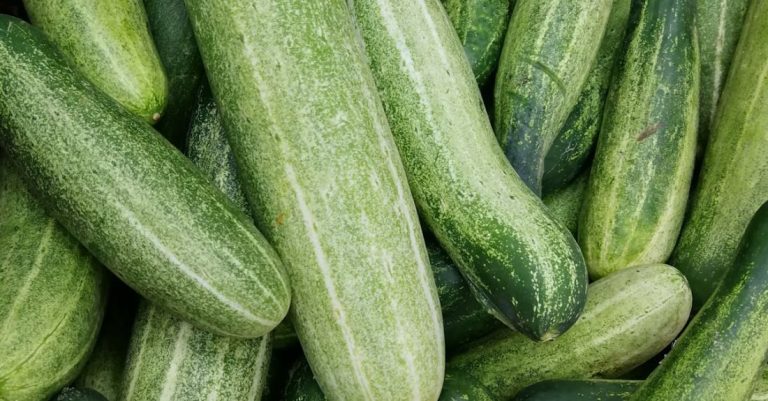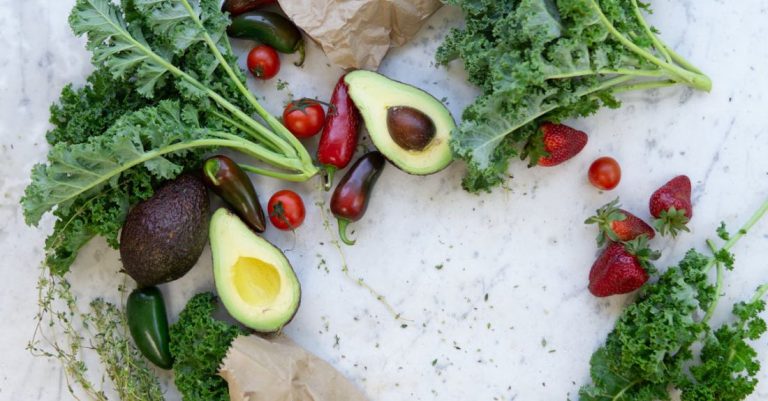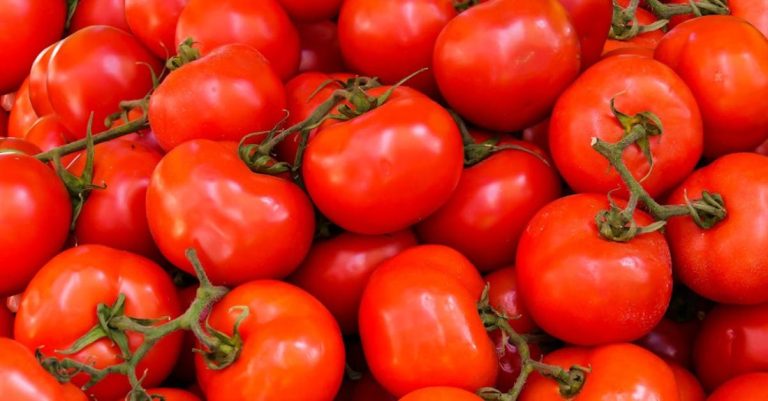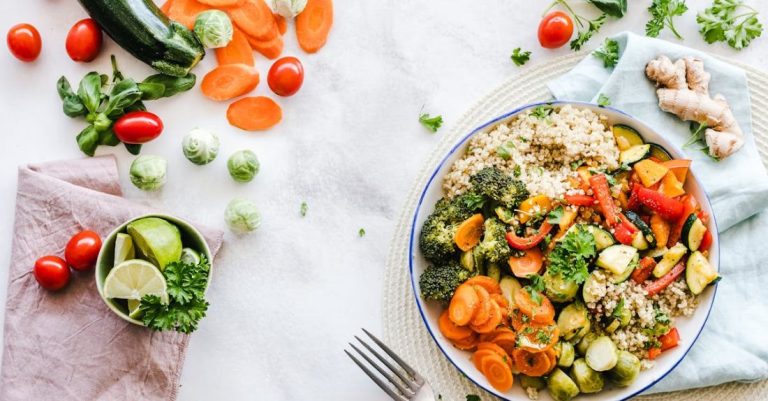
Harvesting vegetables from your garden is a rewarding experience that allows you to enjoy the fruits of your labor. To ensure a successful harvest, it’s essential to know the best tips and techniques for picking your vegetables at the right time. By following these guidelines, you can maximize the flavor, quality, and yield of your homegrown produce.
Choosing the Right Time to Harvest
Timing is crucial when it comes to harvesting vegetables. Picking your vegetables at the peak of ripeness ensures the best flavor and nutritional content. Each vegetable has its own indicator of readiness, so it’s important to familiarize yourself with the specific signs to look for. For example, tomatoes should be fully colored and slightly soft to the touch, while cucumbers are best picked when they are firm and dark green. Be sure to harvest your vegetables regularly to prevent overripening and promote continued growth.
Handling with Care
Proper handling of vegetables during harvest is essential to prevent damage and prolong their shelf life. When picking vegetables, handle them gently to avoid bruising or crushing delicate fruits. Use a sharp knife or pair of scissors to cut the stems, rather than pulling or twisting the vegetables off the plant. This method helps to prevent damage to the plant and ensures a clean cut that promotes faster healing. Avoid dropping or stacking vegetables on top of each other, as this can lead to bruising and spoilage.
Storing for Freshness
After harvesting your vegetables, it’s important to store them properly to maintain freshness and flavor. Some vegetables, such as root crops and leafy greens, can be stored in the refrigerator for several days. For longer storage, consider preserving your harvest through canning, freezing, or drying. Proper storage conditions, such as cool temperatures and high humidity, can help extend the shelf life of your vegetables. Be sure to remove any damaged or spoiled vegetables to prevent the spread of mold and decay.
Maximizing Yield
To maximize the yield of your vegetable garden, it’s important to harvest regularly and efficiently. Check your garden daily for ripe vegetables and plan your harvest schedule accordingly. Harvesting vegetables promptly encourages the plant to produce more fruit, resulting in a higher yield over time. Be sure to harvest vegetables before they become overripe, as this can signal the end of the plant’s production cycle. By staying on top of your harvest, you can enjoy a continuous supply of fresh, homegrown produce throughout the growing season.
Enjoying the Fruits of Your Labor
Harvesting vegetables from your garden is a fulfilling experience that allows you to savor the flavors of your hard work. Whether you’re enjoying a freshly picked salad or preserving your harvest for later use, the satisfaction of growing your own food is unmatched. Take the time to savor the fruits of your labor and share your bounty with friends and family. By following these tips for harvesting vegetables, you can enjoy a bountiful harvest that nourishes both body and soul.
Incorporating these tips into your vegetable gardening routine can help you enjoy a successful harvest season. By choosing the right time to harvest, handling vegetables with care, storing them properly, maximizing yield, and savoring the fruits of your labor, you can experience the joy of homegrown produce to its fullest. With a little patience, practice, and dedication, you can cultivate a thriving vegetable garden that provides you with fresh, flavorful vegetables throughout the growing season.





